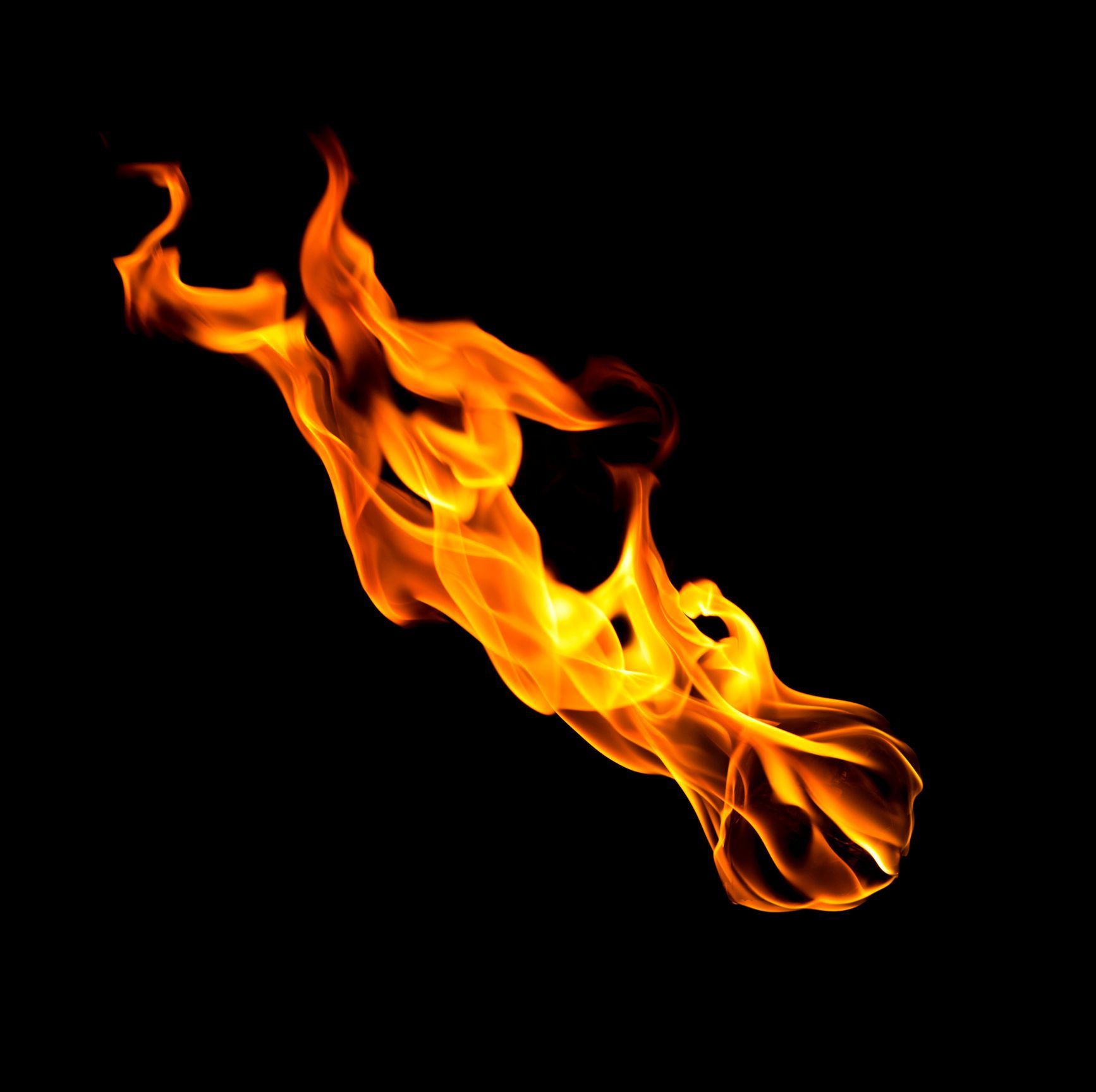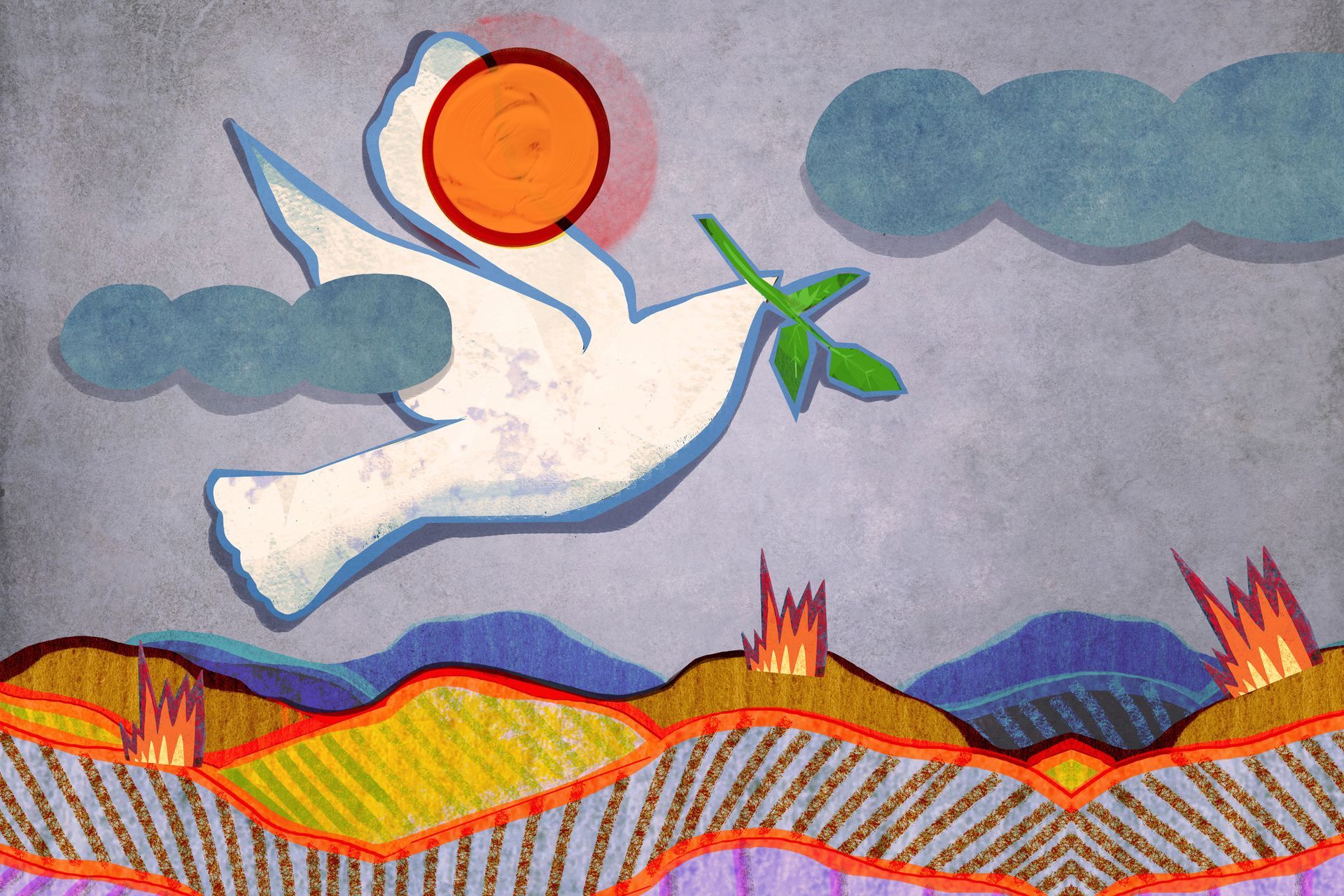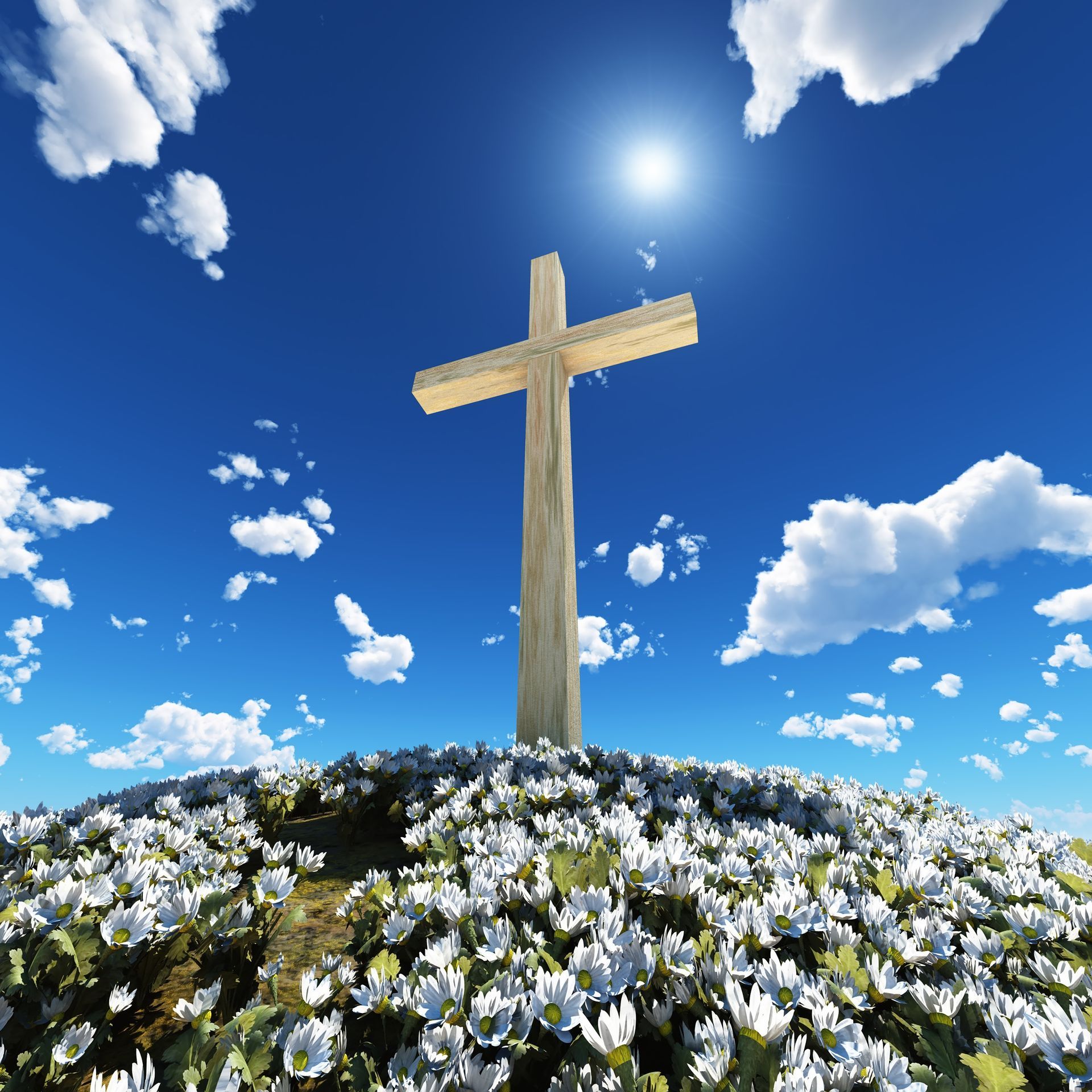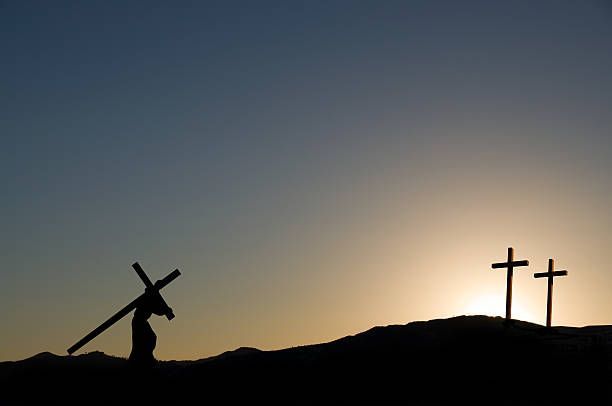100,000+
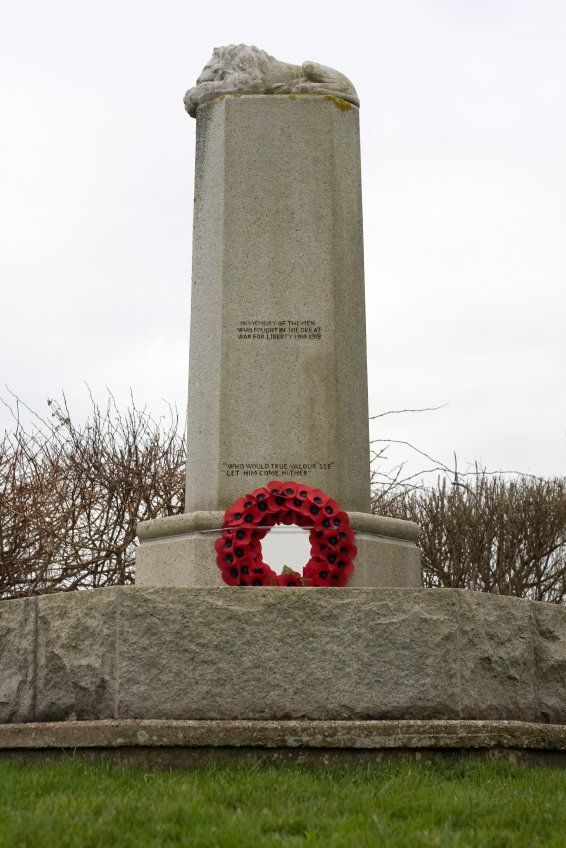
It is estimated there are more than 100,000 war memorials scattered throughout Britain. They range from cenotaphs, like the one in Whitehall, to crosses on village greens and simple plaques in memorial halls and chapels. Many were erected through public subscription in the great outpouring of national grief in the years immediately after the First World War, the Great War.
The majority of memorials contain only the names of those from the town, district, village, or sometimes the workplace, who died, but you can find some which also identify those who were wounded and there are a few which honour all those who joined up to serve their king and country in ‘the war to end all wars’.
It is difficult to find precise figures for the casualties of that war, but perhaps a total of about 900,000 British troops were killed or listed as ‘missing in action’ and about 2 million wounded. It is thought that, overall, there were over 15 million deaths during the conflict, including 7 million civilians, and over 20 million wounded.
Sadly, the Great War, as it was originally called, did not end all wars, so names have been added to many memorials of casualties from the Second World War when 326,000 British servicemen and women died, as well as 62,000 civilians. The total number of fatalities across the world caused by this war was over 52 million, a large number of them being civilians. Names of the fallen in conflicts since 1945 have been included on some and, more recently, other memorials have been raised to commemorate particular groups of service personnel and civilians who have given so much in the service of their country and their fellow men and women.
The 100,000+ war memorials in this country alone are a reminder of the sacrifices made by so many in previous generations to secure peace for their descendants and for their country. Yet, so often, we only take notice of them, and honour those named on them who made the supreme sacrifice for us, once a year on Remembrance Day.
There is another ‘memorial’, which must number far more than 100,000 in our land, which gets similar treatment. That ‘memorial’ is the cross which stands on or outside many churches and, indeed, is worn by many people. It commemorates the supreme sacrifice of Jesus Christ, the Son of God, who came to bring the peace of God to human hearts but who was crucified by sinful Man. He still offers the peace of God to all who come to Him and follow Him.
Look out for those memorials scattered around our land – not only the war memorials but the Cross of Christ – and give thanks for the supreme sacrifice made by many and for the Ultimate Sacrifice made by Jesus for each and every one of us.



